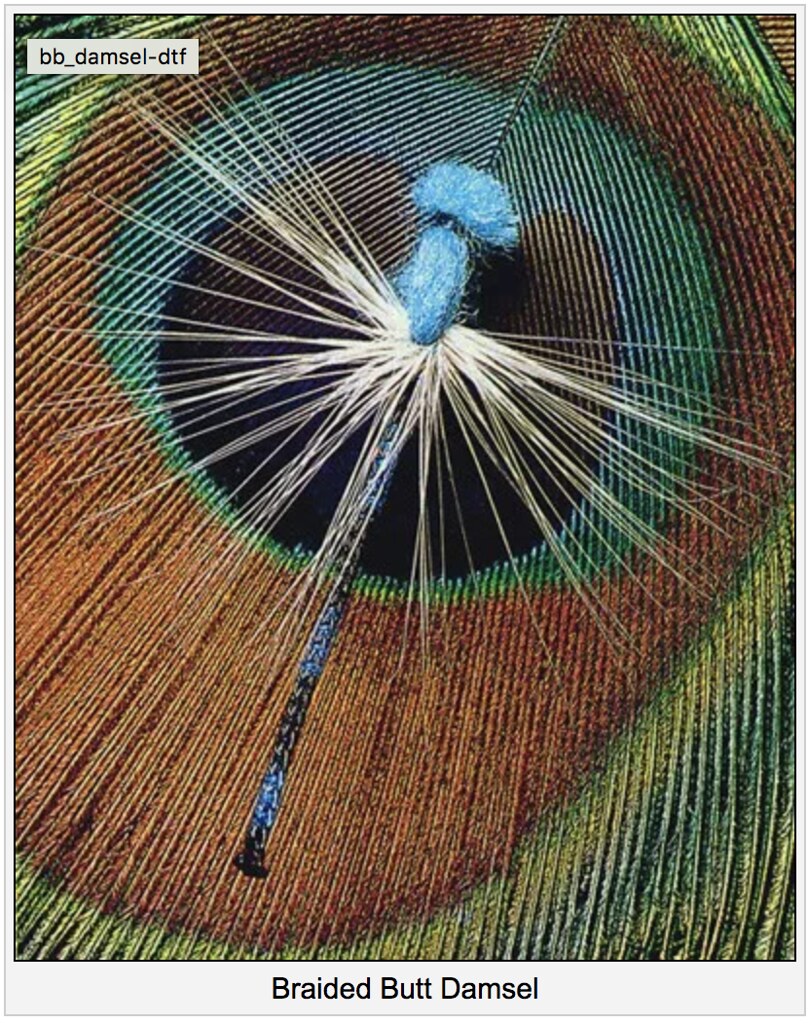dcfoster
Well-known member
I've been trying to figure out what these flies are. Are they Damsel Fly Nymphs?
One is quite large with a deer hair body and wings coming out the side...
Could someone tell me the names of the flies and what box I should put them in (My trout box, bass box, panfish box etc.).
And lastly, how should they be fished? Under an indicator? Swung? Slow retrieve or erratic? Still trying to figure this out!
Thanks kindly.

One is quite large with a deer hair body and wings coming out the side...
Could someone tell me the names of the flies and what box I should put them in (My trout box, bass box, panfish box etc.).
And lastly, how should they be fished? Under an indicator? Swung? Slow retrieve or erratic? Still trying to figure this out!
Thanks kindly.




